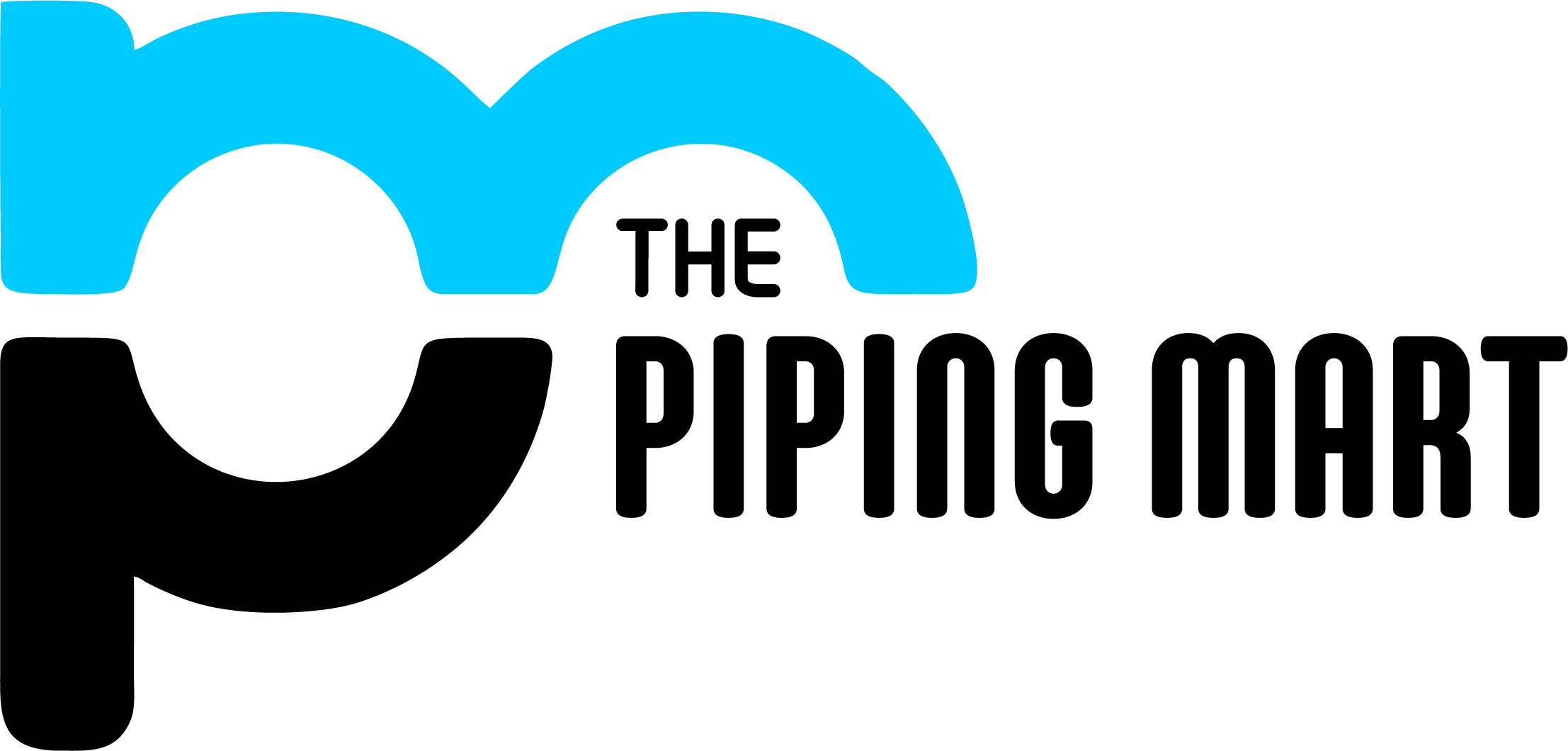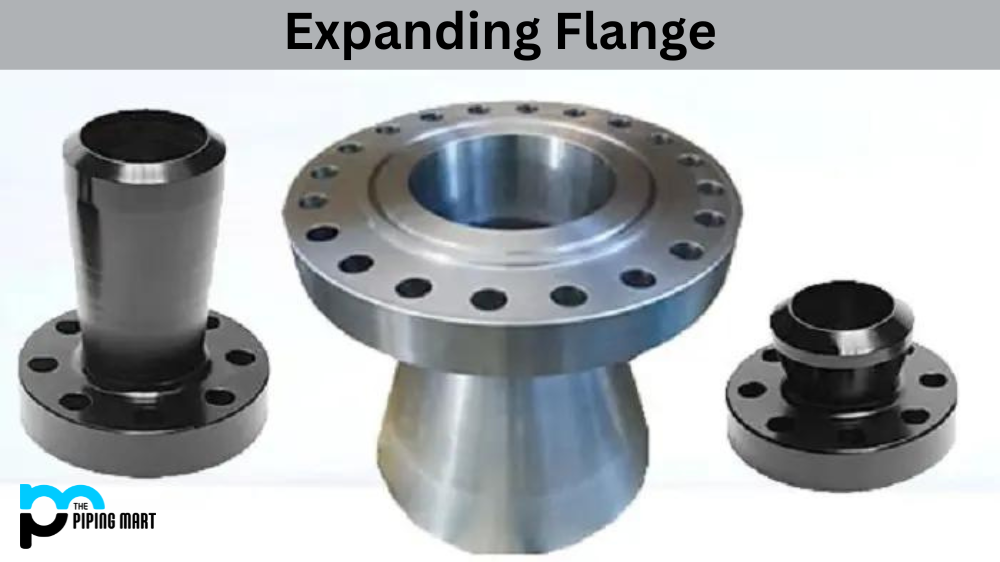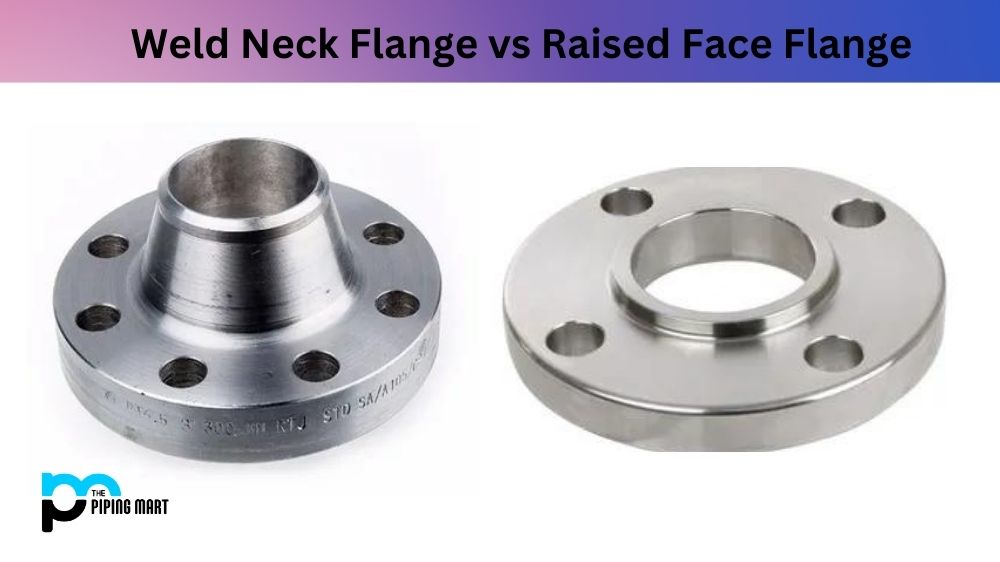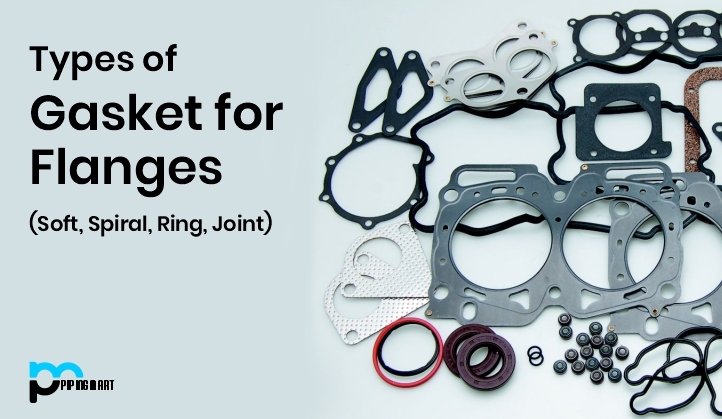Expanding flanges are crucial tools in many industries, used to connect different pipes securely without additional welding. They simplify installation, accommodating various pipe sizes and materials. This blog will explore the types and applications of expanding flanges in the industry.
What is Expanding Flange?
Expanding Flanges are a type of mechanical device that is used to secure pieces of larger machinery together. Typically made from durable materials like metal, their chief purpose is to ensure that all components of a given unit remain connected and operate smoothly. They act as an internal fastening system for rotors, compressors, or structural components. To use expanding flanges, the two pieces have to have cylindrical inner sections, with one piece slid over the other before being placed in the machine. When torque is applied, it causes the material to expand (inwards) and lock everything solidly together, providing a tight connection and helping prevent damage due to vibration or rotational issues.
Expanding Flange Uses
Expanding flanges are vital components in piping systems, known for creating a secure seal between pipes or fittings. They expand upon tightening, effectively preventing leaks and maintaining system integrity. Widely used in industries such as oil and gas, chemical processing, and HVAC, they ensure leak-free connections even under high-pressure or high-temperature conditions. Their simple installation process and easy maintenance make them a preferred choice for engineers seeking reliability and efficiency in piping systems.
Expanding Flange Welding
When welding an expanding flange, it’s crucial to ensure a leak-free joint by completing the weld correctly. This involves filling gaps between the two pieces joined with filler material before applying heat using welding equipment. Evenly distributing heat across the entire flange surface is essential for a successful weld.
Expanding Flange Types
Several different types of expanding flanges are available on the market today, each with its unique benefits and drawbacks depending on your particular application needs. These include threaded, slip-on, weld-neck, lap-joint, socket-welded, and blind flanges – all designed for different purposes and conditions. Depending on your requirements, one type is more suitable than another for your project needs.
Conclusion:
In conclusion, expanding flanges prove to be highly versatile tools applicable across various plumbing and pipe fitting scenarios. They offer secure connections between two pieces, simplifying installation without requiring additional welding or brazing equipment on site. Moreover, a variety of types are available to suit specific project needs, including threaded, slip-on, weld-neck, lap-joint, socket-welded, or blind flanges, each tailored for distinct purposes. Considering their efficiency in facilitating quick pipe connections without extra equipment, expanding flanges emerge as a time-saving solution for various industrial applications.

Pipingmart is a B2B portal that specializes in metal, industrial and piping items. Additionally, we share the latest information and information about materials, products and various types of grades to assist businesses that are involved in this business.




